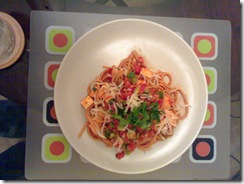Some good books
I am reading some good books these days. I just finished Jim Cramer's 'Stay mad for life'. It is about investing. I am already in the middle of 'Tipping Point'. Then I am also reading Jeffrey Archers's 'A quiver full of arrows'. It is a collection of short stories. In the meantime, I am reading about computer security and I just started with another book 'Blink'. 'Blink' is by the same author Malcom Gladwell, who wrote 'Tipping Point'. I also have a book of Churchill's speeches during WWII. But I have not started that yet.
Then I have 'Ulkridge' by PG Wodehouse, my old favourite author. And I had bought 'Security Analysis' by Ben Graham last year. I am yet to open the first page of that book. But I have read 'Intelligent Investor'. So I hope I can digest 'Security Analysis'. I also have to finish 'Random walk down Wall Street'. Again, I just purchased a book on Dot NET. So now I guess I am biting more than I can chew.
According to what I read in Tipping Point, we can focus on seven things at a time optimally. I have to count how many books I can read simultaneously and still make sense of them.

